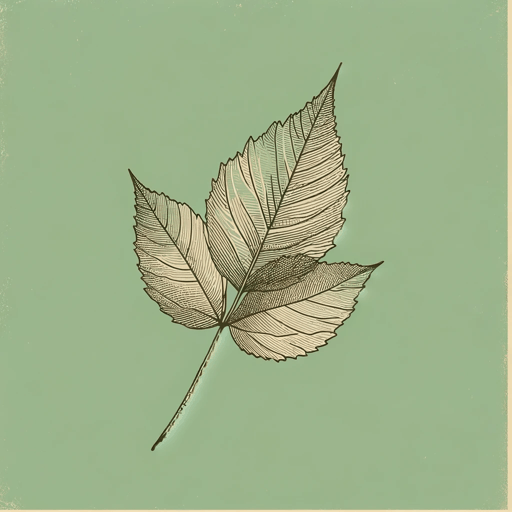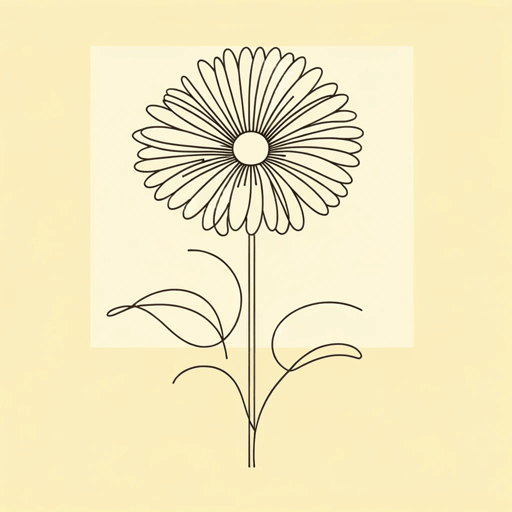18 pages • 36 minutes read
Mary OliverWhen Death Comes
Fiction | Poem | Adult | Published in 1991A modern alternative to SparkNotes and CliffsNotes, SuperSummary offers high-quality Study Guides with detailed chapter summaries and analysis of major themes, characters, and more.
Literary Devices
Form and Meter
“When Death Comes” is an open-form lyric, emphasizing the emotions of the speaker as they confront death and contemplate life. The poem does not employ specific rhyme or meter and does not have stanzas of equal length. However, the poem does have an organizing principle. Lines 1-10 are about the future arrival of death and what form that arrival will take. Lines 11-20 center upon how the world should be valued with this knowledge of ultimate cessation at forefront of the mind. The images highlight empathy, as well as individual and collective preciousness. In closing, Lines 21-28 return to the subject of the speaker’s own death, emphasizing what the speaker wants for themselves “when it’s over” (Lines 21, 24). These lines contemplate the speaker’s legacy and harken back to the first section of the poem, particularly the fourth stanza. The abstract concept of eternity is made concrete by defined natural imagery; a technique commonly used by Oliver throughout her oeuvre.
Related Titles
By Mary Oliver




